Facebook advertising is a big auction.
There are both winners and losers.
Now, you wouldn’t want to be on the losing side, would you?
So, what can you do to create Facebook campaigns that finish the race as champions, having collected many new customers in the process?
A smart move would be creating ads that catch people’s attention before any other Facebook post or ad can get to them. While there are many tips and hacks written about all across the web, here’s one that seems highly promising: playing on people’s emotion.
An analysis of 1,400 successful ad campaign case studies found that campaigns with purely emotional content performed about twice as well (31% vs. 16%) as those with only rational content.
Trend Hunter Marketing analyzed 55 emotional marketing campaigns, and found the average popularity score to be 8.0 — higher than in other categories.
By spicing up your Facebook campaigns with a pinch of emotion and a dash of thrill, you can allure your Facebook audience, making them click and purchase.
There’s no limit to the emotions you can bring into play – excited, melancholic, delighted, shocked – you name it.
This post will teach you how to apply emotional marketing to Facebook ads (and celebrate a landslide victory over the competition.)
Ready to win the Facebook ads race? Let’s go!
1. Master the Art of FOMO
If you’ve ever attended an event because you thought “Maybe something cool would happen,” it was likely due to FOMO – the fear of missing out.
What if all your friends go out while you’ll be missing out on all the fun…
A study of millennials found that as many as 69% experience FOMO when they are not able to attend an event where their friends are going.
People are afraid of being left without an amazing experience.
But FOMO doesn’t only apply to attending events. It also applies to other aspects of life and business.
For example, Sumo has written Facebook ad copy that makes the reader think that everyone else is already using their software and the person reading is the last one out.
By saying that over 175,000 websites use their tool, Sumo makes the reader wonder if they’re missing out on something.
Now, you wouldn’t want to be left behind while all those other websites speed right past you. So, you’ll likely click on the ad to see how to get the tools yourself.
How to use FOMO in your Facebook ads:
- Mention the number of people already benefitting from your product.
- Pose a question, hinting that the person’s missing out on a great opportunity.
- Make the reader feel like there’s a fascinating community they’re not part of… Yet.
- Make your Facebook ad offer limited by time to nudge people to sign up faster.
2. Show the Excitement
Excitement is known for its ability to increase impulsivity and make people quicker to act.
So, if you’ll manage to get a person excited in your Facebook ad offer, they’re a lot more likely make the purchase based on the momentum.
The author of The Psychology of Social Shopping, Paloma Vasquez points out that:
“In a state of excitement or arousal, people think and behave very differently. Emotional states trump rational thinking; it’s easier to sell to consumers when they are excited.”
As you look at Try The World’s Facebook ad, you’ll notice that it breathes excitement for several reasons: the bright ad color, lots of exclamation marks, and the energetic tone of voice.
One can almost feel the excitement of opening the subscription box and discovering its treasures.
As you decide to use the excitement tactic in your Facebook ads, don’t let the sparkle fade before the purchase is made.
An article in the Wall Street Journal suggests that it takes 20 minutes for the feeling of excitement to pass.
In most cases, emotions fade even faster.
So, it’s best to keep your ad’s landing page as straightforward and compelling as humanly possible and lead the visitor to signup.
A few tips for creating exciting Facebook ads:
- Use bright colors in the ad design.
- Use exclamation marks and keep your ad copy short.
- Include an ad image that shows excitement.
- Showcase your product at the most exciting moment of its lifecycle.
- Make sure that your offer is actually interesting to the target audience.
- Include a discount offer to give the final nudge and make the ad irresistible.
3. Create a Curiosity Gap
If you’ve ever thought what makes Upworthy and Buzzfeed headlines so irresistible, here’s one of their secret weapons: the curiosity gap.
Put simply, the curiosity gap is the discrepancy between what we currently know and what we’d like to know.
And it works wonders if your goal is to get people clicking.
Copy Hackers was able to get a 927% boost in clicks on their Pricing page after applying the tactic.
And of course, curiosity gap can also be incorporated into your Facebook ad copy.
As someone spots HubSpot’s question “How well do you rank for SEO” in their Facebook Newsfeed, they’re bound to find out the answer. That is, if HubSpot’s targeting a Facebook audience of marketers.
The formula of curiosity gaps is simple: Ask people a fascinating question or tell them a cool story, and leave the best part untold.
SurveyMonkey, for instance, asks in the ad’s headline “Want a GoPro?” and sparks the reader’s curiosity to find out more.
The reason why this works is that people have a natural tendency to connect the dots and discover the answers. It will be hard for them to resist reading and clicking on your Facebook ad after it has posed a fascinating question.
When targeting a cold audience, it’s best to fill in their curiosity gap for free. With warm audiences, you can ask for something in return, e.g. their email address.
4. Make People Happy
A study in 2010 of the most-emailed New York Times articles found that emotional articles were shared more often. The study also noted that positive posts were shared more often than negative ones.
What if the same rule applies to your Facebook ads – will positive ads get more likes and clicks?
There are three main tactics to make use the emotion of happiness in Facebook ads:
- Brightly colored ad design.
- Including an ad image with smiling people.
- Using adjectives and verbs with positive connotations.
Eventbrite is applying all the three methods across their Facebook ad campaigns.
From the positive color scheme…
To smiling people:
Not only Eventbrite’s ads spark positive emotions towards the offer, but people will learn to associate the entire brand with happy feelings.
A study analyzed more than 1 million online reviews on sites like TripAdvisor and found that restaurants received significantly better ratings on days with nice weather and worse reviews on any day with rain.
If your goal is to make people remember your brand as a mood-booster on a rainy day, create more positive ad designs.
Happiness marketing can work especially well for B2C brands. For example, alcohol producers are often publishing commercials with people enjoying themselves on the beach or at a party. If you look at Corona’s ad profile, you’ll see that every ad follows this best practice.
5. Learn to Handle Negative Feelings
A Facebook ad sparking negative feelings isn’t always a bad thing.
Especially if it first ignites the negative thoughts and then offers a solution to cheer you up.
However, don’t overdo the negativity in your ads.
A study by researchers at Stanford GSB and Tel Aviv University discovered that small doses of mildly negative information — a so-called blemishing effect — may actually strengthen a consumer’s positive impression of a product or service.
The key to successful Facebook ads may lie in including just the right amount of negativity.
For example, Contently’s ad headline can make many marketers worry: “If the future of content isn’t blogging, what am I going to do?”
But just as the ad’s negative headline has grabbed the reader’s attention, it offers a solution: “More videos. More downloadable content. More infographics.”
According to the viral content study by The New York Times, some negative emotions contribute more to virality that others. Most specifically, the negative emotion of anger.
Here’s how to put negative feelings to good use in your Facebook ads:
- Capture your audience’s attention with a negative headline.
- Let your audience know about a small default about your product to show you’re not hiding anything.
- Remind the readers of a negative fact or situation they encounter on a daily basis.
6. Offer Hope for Better Future
We all hope that we’re going to be prettier, smarter and funnier.
That’s one of the reasons we buy new things — to improve our lives.
While deep inside, everyone knows that most of the time things won’t make us happy, we still keep hoping they will.
Shopify’s Facebook ad plays on the emotion of hope, using aspiring language and brilliant copywriting.
“Start your journey” and “Get more out of life” are both great slogans and talk to Shopify’s target audience.
Now that you already know that the emotion of hope can be activated by masterful copywriting. Is there anything else you can do?
In fact, there is — as you create a Facebook ad sparking hope, also provide a platform or a solution to reach the better future. For example, if you promise to double a company’s revenue, be clear about how you’ll do it.
Asana’s Facebook ad promises many great improvements in teamwork, making a project manager wish their team could achieve even more.
7. Help People to Feel Proud
According to Dan Hill, author of Emotionomics: Leveraging Emotions for Business Success:
“Emotions process sensory input in only one-fifth the time our conscious, cognitive brain takes to assimilate that same input.”
This means that emotions have a strong effect on our immediate actions.
LEGO’s Facebook campaign makes moms proud of their kids, reminding them of the children’s capacity to create amazing things.
Moreover, LEGO’s campaign hooks with the previous point — using the emotion of hope. Many parents are drawn to the offer because they’d like to see their children learn and succeed.
Another way to make people feel great about their purchase is to remind them that they’re making a smart choice.
That’s exactly what the Dollar Shave Club does by saying their product is the smarter way to shave.
The person who buys the subscription will know they’ve made a clever deal and will feel good about it.
 https://blog.kissmetrics.com/emotional-marketing-to-facebook-ads/
https://blog.kissmetrics.com/emotional-marketing-to-facebook-ads/
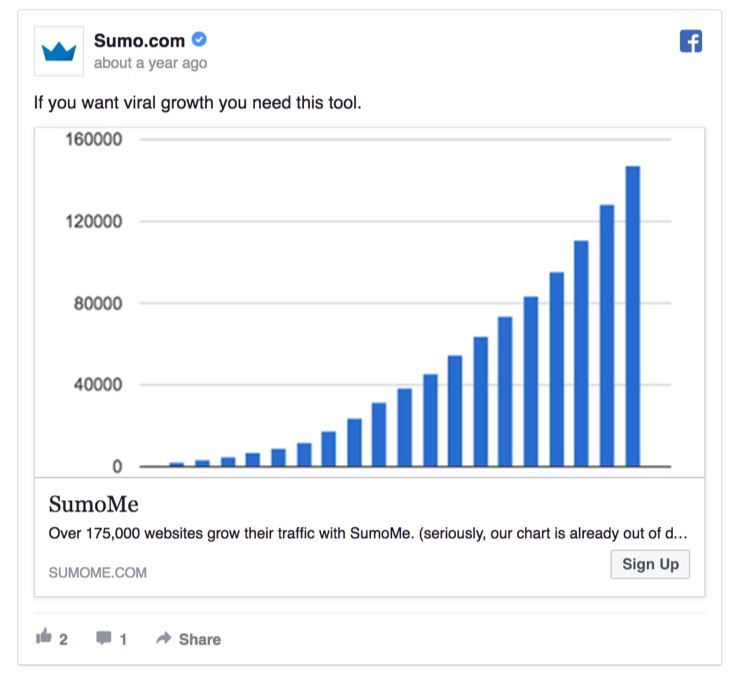

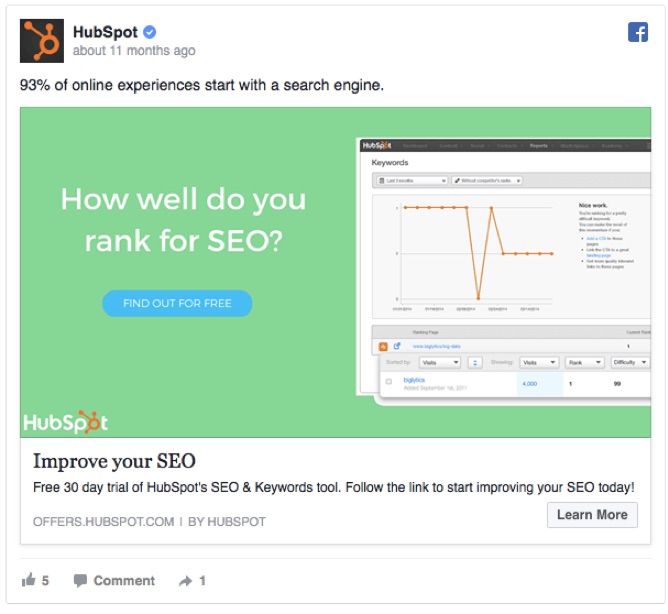
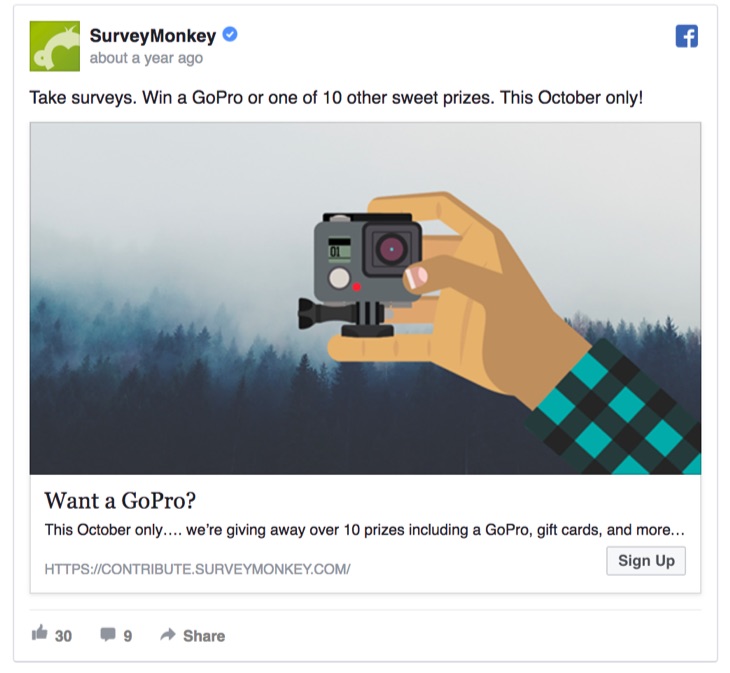

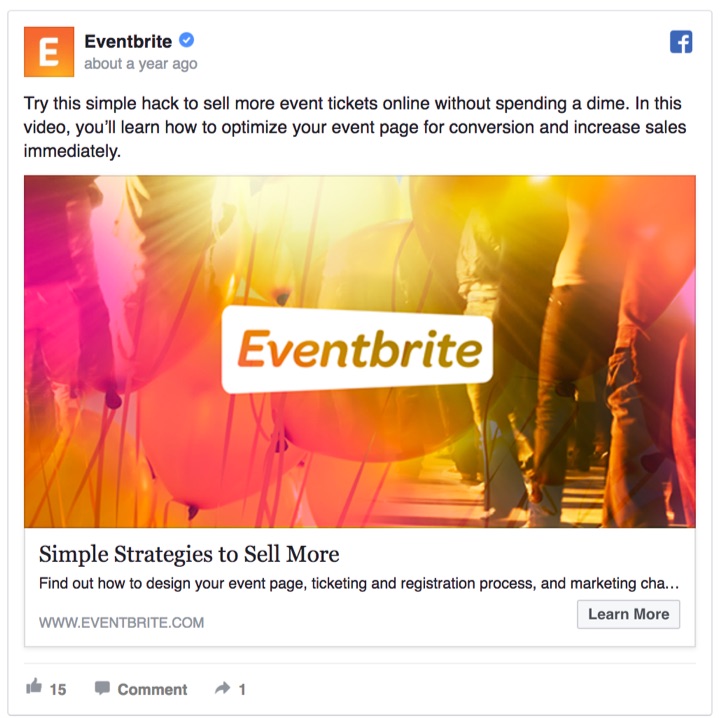
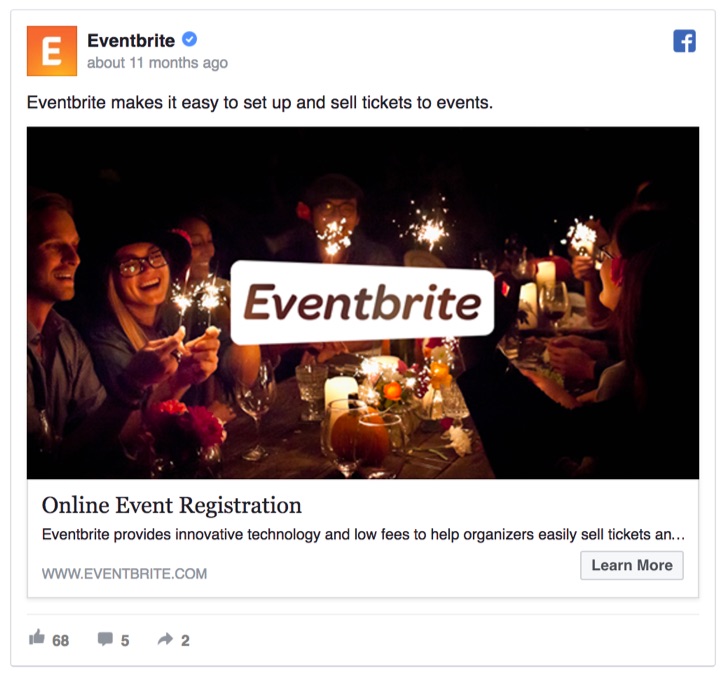
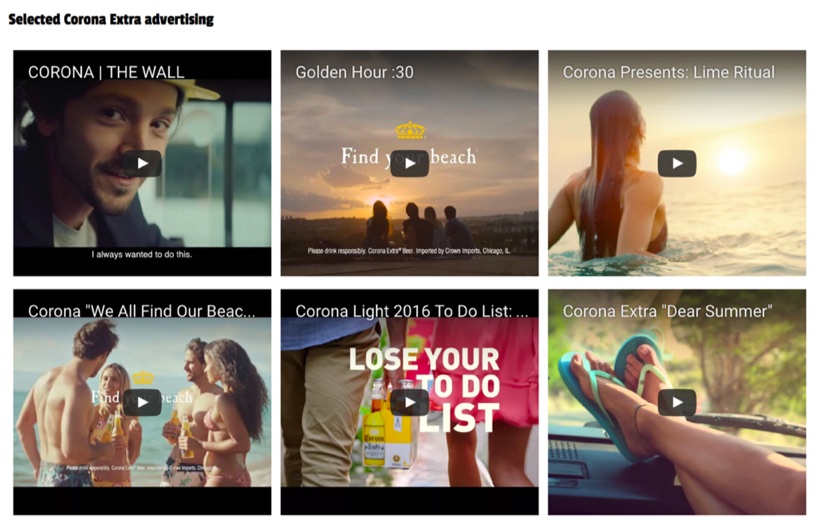

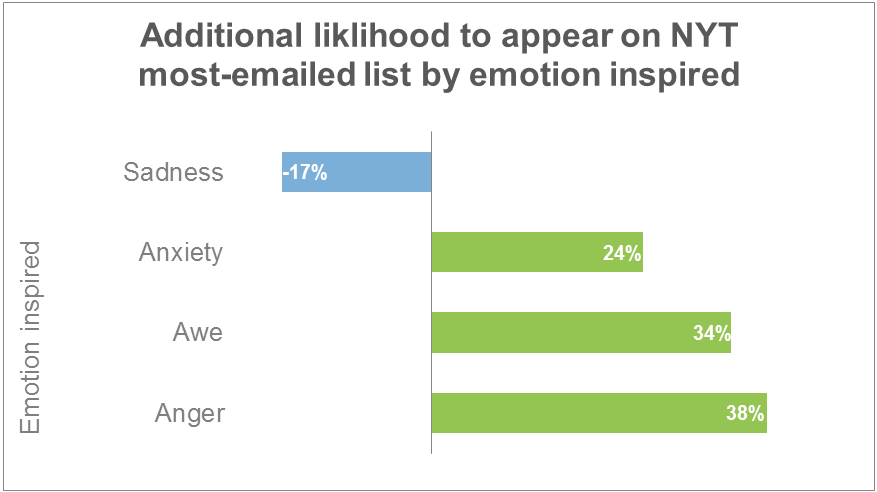
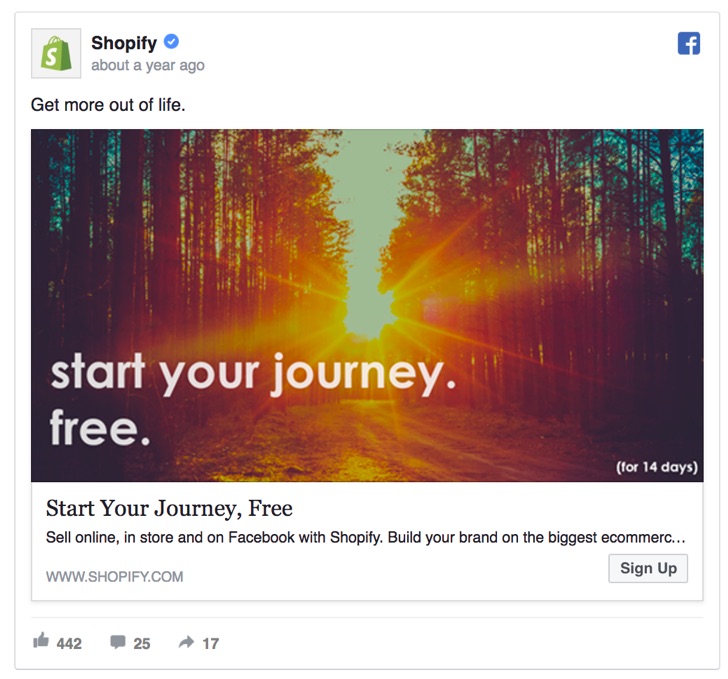

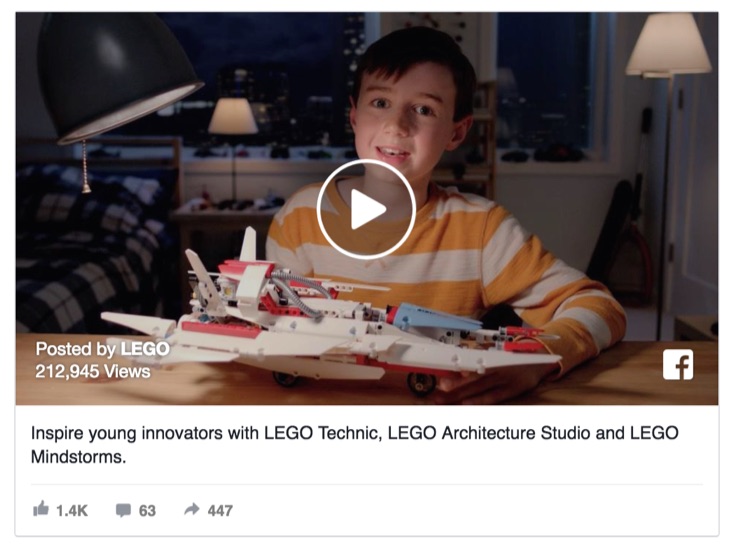
No comments:
Post a Comment